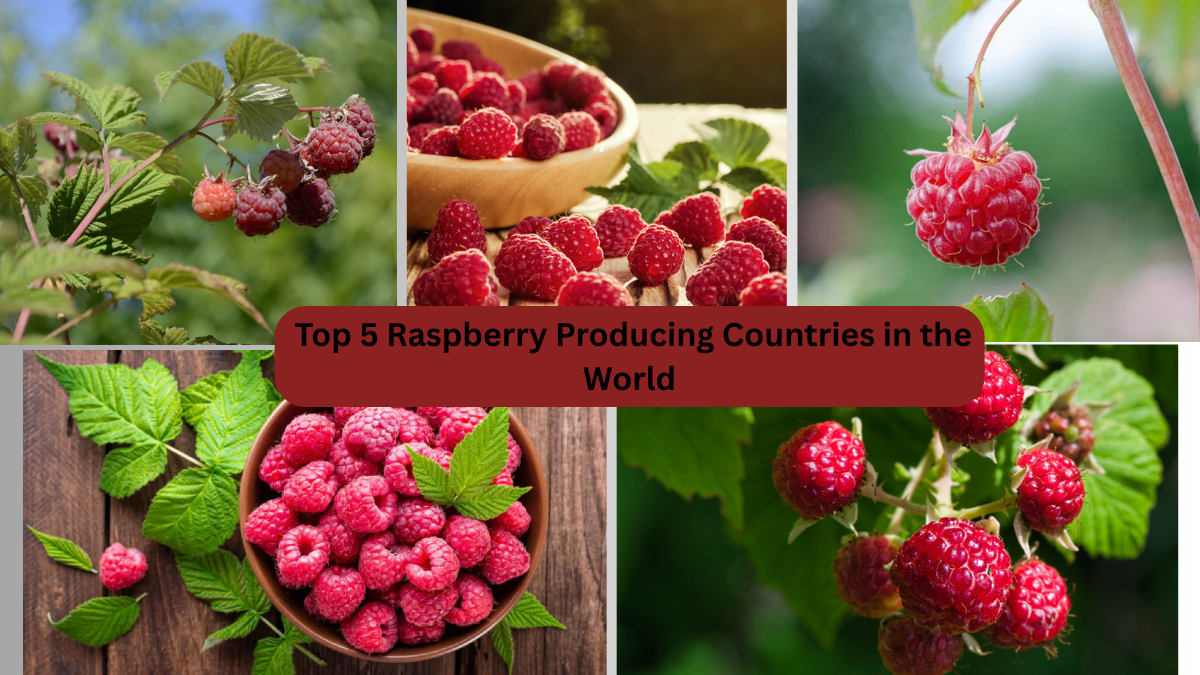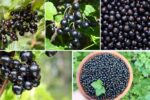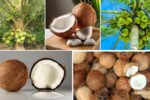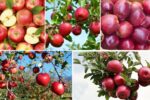Raspberries — that burstingly juicy, sweet-tart berry — have become a global favorite. They’re perfect fresh on breakfast bowls, baked into desserts, stirred into preserves, or frozen for smoothies. But raspberry cultivation is concentrated in a few powerhouse countries. In 2023, about 80–85% of the world’s raspberries came from just five nations. Let’s explore the top producers: Russia, Mexico, Serbia, the United States, and Poland.
1. Russia – The Global Giant
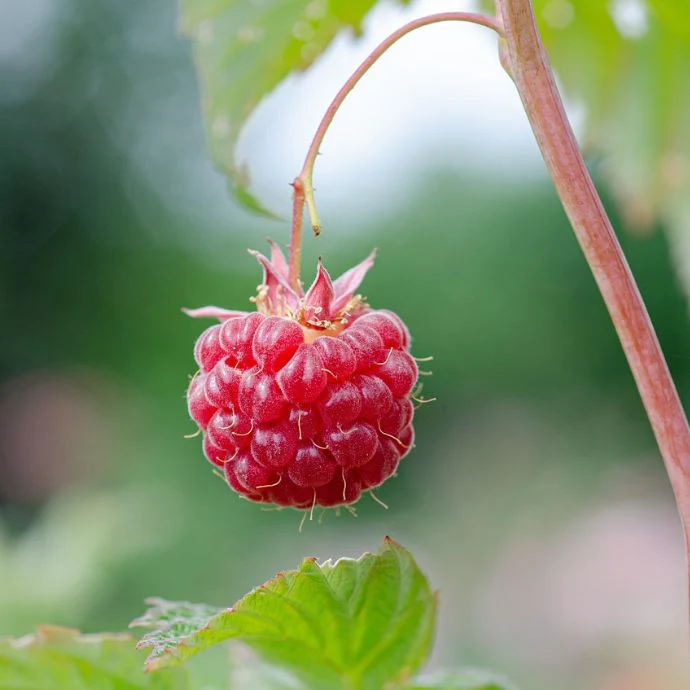
Annual production: ~182,000 metric tons
Share of global total: ~25–30%
Russia leads the world in raspberry output. The country’s large territory hosts ideal berry-growing regions such as Krasnodar Krai, Adygea, Voronezh Oblast, and Altai Krai. With cool climates, fertile soils, and strong home consumption, raspberries have long been a staple. Over recent years, Russian growers have modernized with advanced cultivars, improved pest management, and greenhouse expansion. Raspberries are popular fresh, in preserves and syrups, and even for folk-medicine teas.
Why it matters: Russia combines volume with tradition and continues growing its output to satisfy both domestic demand and export potential.
2. Mexico – The Rising Export Star
Annual production: ~165,000 metric tons
Share of global total: ~22%
Mexico is rapidly closing in on Russia thanks to dramatic growth, especially in controlled-environment farms. Producing roughly 165,000 tons annually, Mexican raspberries are becoming dominant in North American markets. Major production comes from Michoacán, Jalisco, Guanajuato, and Baja California, where mild climates allow year-round harvests.
Key drivers: modern greenhouses, proximity to the U.S. market, and increasing interest in off-season berry availability. Mexico now supplies vast quantities of fresh raspberries to the U.S., particularly during winter.
3. Serbia – Europe’s Raspberry Haven
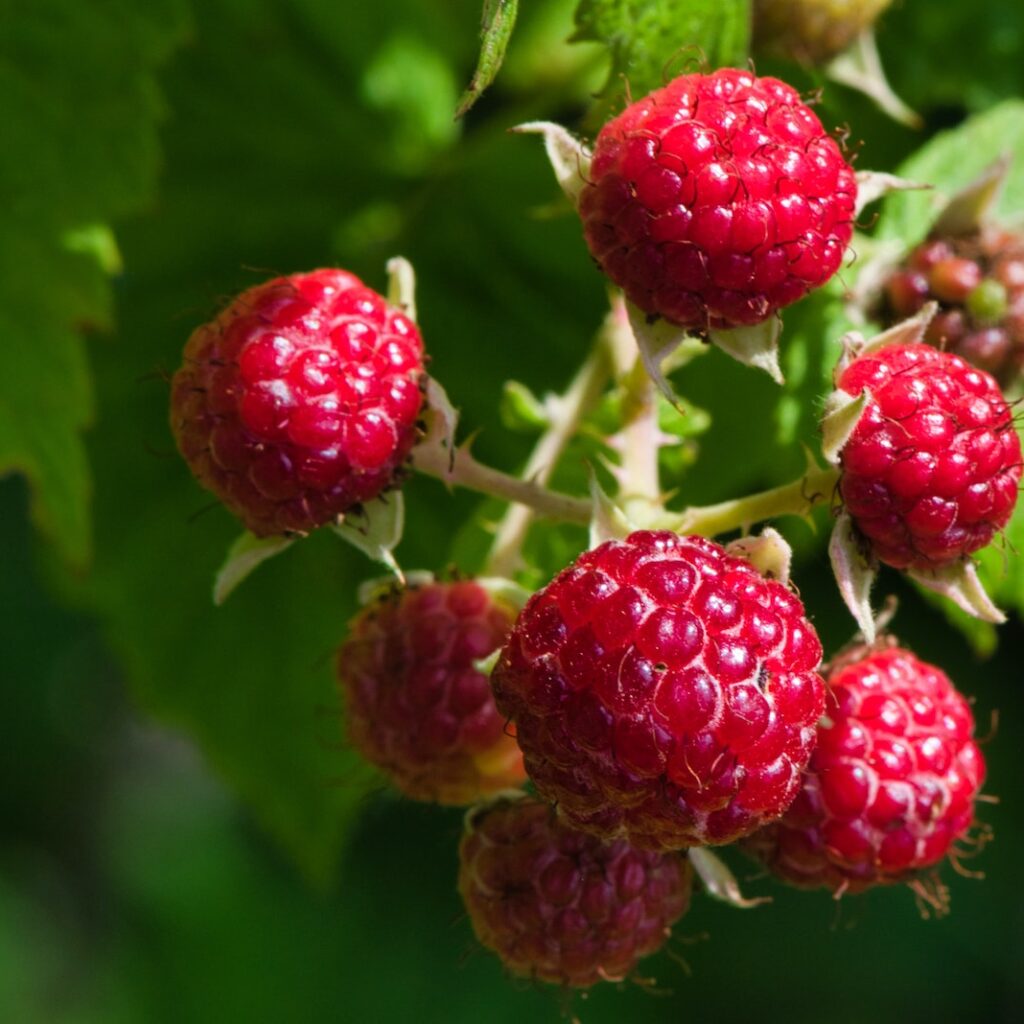
Annual production: ~130,000 metric tons
Share of global total: ~16%
Serbia is Europe’s raspberry capital, with around 130,000 tons produced annually. Central regions like Arilje, Čačak, and Valjevo specialize in raspberries grown on family farms. Serbia is famed for its premium frozen raspberry exports, prized across EU markets and beyond.
Strengths: European raspberry types known for flavor and color, large-scale freezing facilities, and a longstanding berry-farming culture. Their annual berry festival “Šljivijada” underscores raspberries’ cultural importance.
4. United States – Innovation Meets Tradition
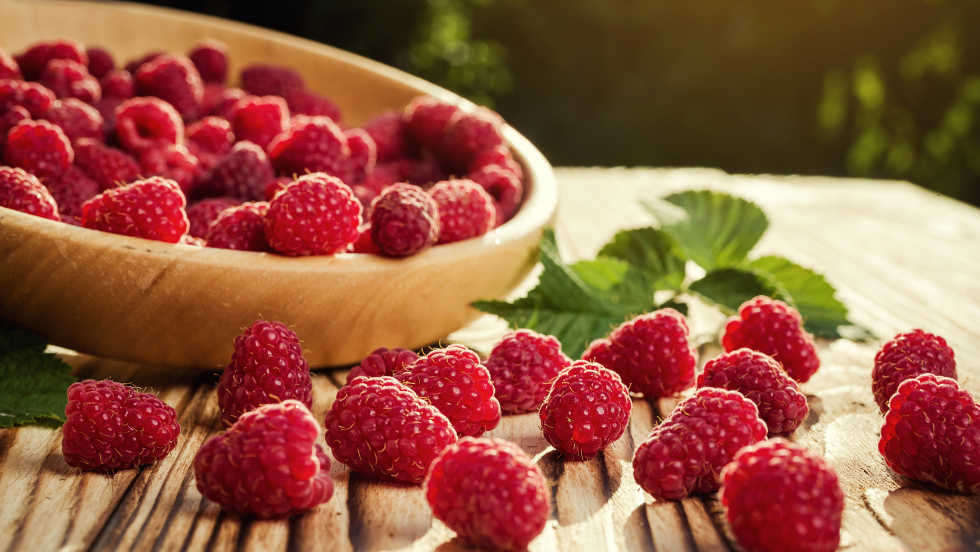
Annual production: ~110,000 metric tons
Share of global total: ~15%
The United States produces around 110,000 tons of raspberries yearly. Nearly three-quarters come from California, with other contributions from Washington and Oregon.
Key strengths: cutting‑edge farming techniques, cold-storage systems, consistent fresh-market supplies, and growing organic raspberry cultivation. U.S. producers supply both domestic and international demand, primarily exporting fresh berries to Canada, Mexico, and Japan.
5. Poland – Firm Favorite in Europe
Annual production: ~85,000 metric tons
Share of global total: ~10%
Poland completes the top five with around 85,000 tons per year, largely from Lubelskie, Mazowieckie, and Świętokrzyskie regions. Polish farms focus on frozen raspberries, which are essential to the EU market.
Success factors: cold-resistant cultivars, experienced orchard management, and strong focus on food processing leagues. Poland has become a go-to raspberry supplier for Europe’s big jam and yogurt brands.
How These Countries Compare
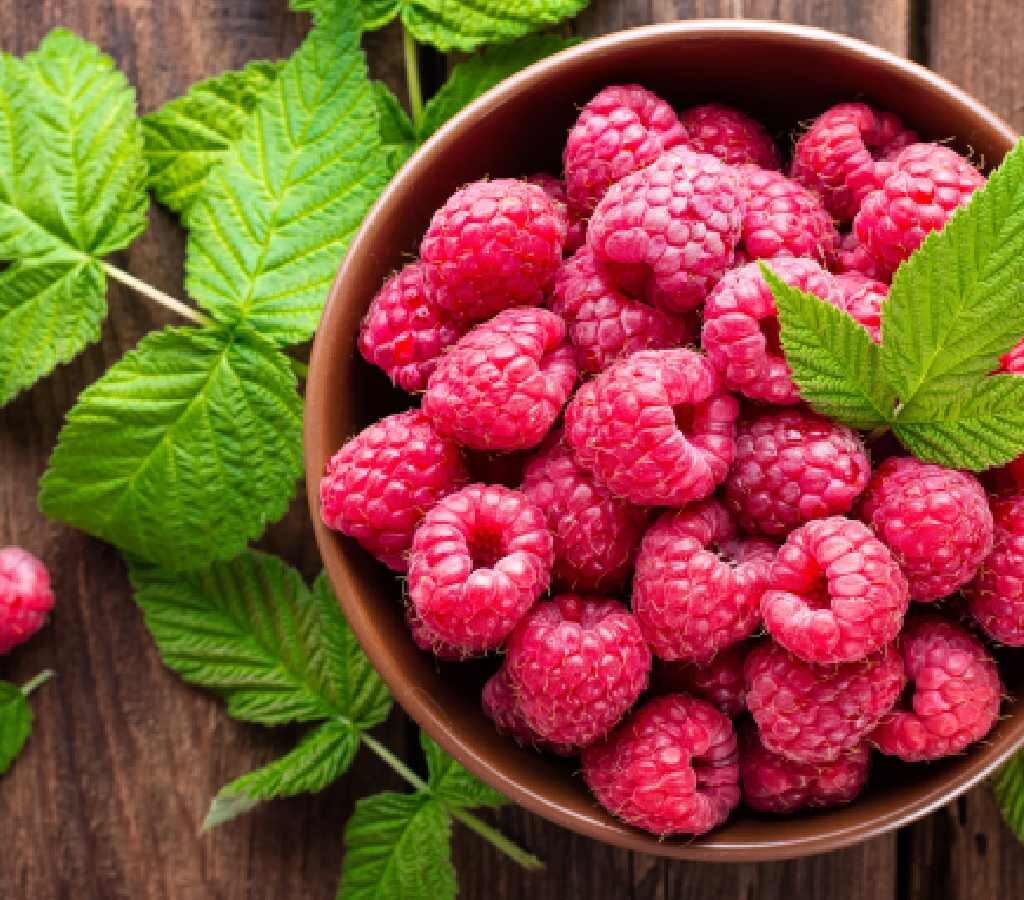
Here’s a quick breakdown:
| Country | Production (k T) | Main Form | Key Strengths |
|---|---|---|---|
| Russia | 182 | Fresh/Syrup | Largest volume, traditional roots |
| Mexico | 165 | Fresh | Year-round supply, proximity to U.S. |
| Serbia | 130 | Frozen | High export share, European specialties |
| U.S. | 110 | Fresh | Technological innovation, quality |
| Poland | 85 | Frozen | EU market dominance, processing focus |
Combined, these five nations produce well over 600,000 metric tons, meeting both local consumption and global trade demands.
Global Raspberry Trade & Market Dynamics
Although Russia dominates global output, much of its production supports domestic markets. In contrast, countries like Mexico, Serbia, the U.S., and Poland are international exporters, each with distinct market strategies:
- Mexico leads in fresh winter raspberries for North America.
- Serbia and Poland dominate the European frozen berry market.
- The U.S. excels at supplying fresh berries and driving varietal innovation to meet export standards.
Emerging producers like Chile, Morocco, and Morocco are also expanding, targeting gaps in global supply.
Why Raspberries Are Gaining Popularity
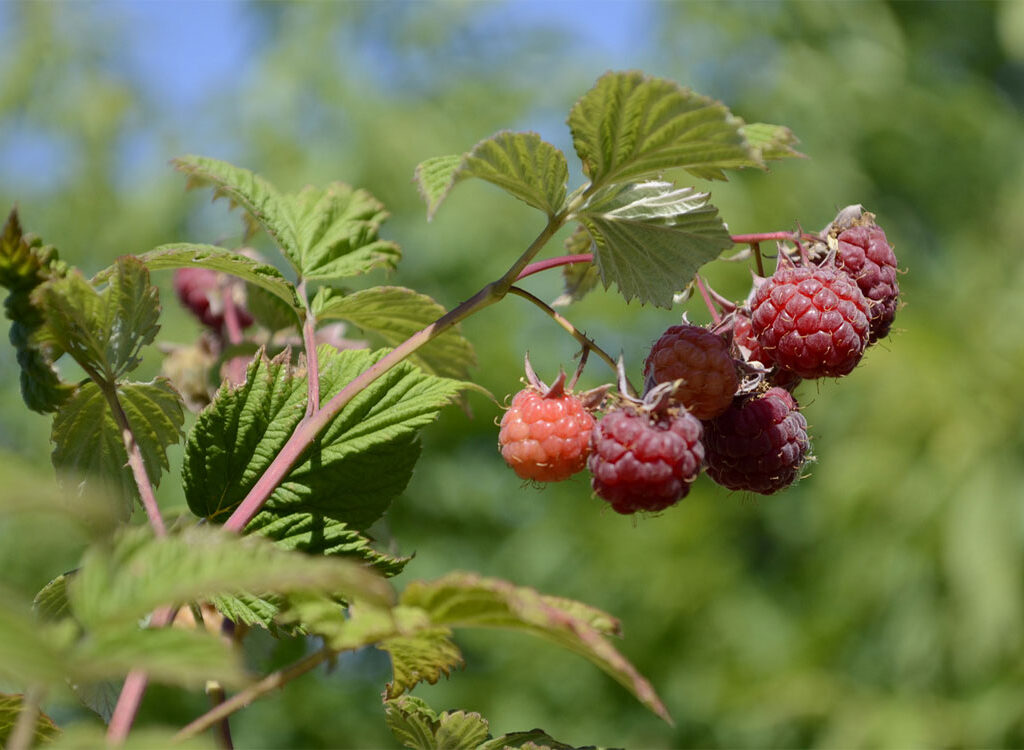
Raspberries are a nutritional powerhouse:
- High in vitamin C and antioxidants – supports immunity.
- Rich in dietary fiber – aids digestion.
- Contains anti-inflammatory plant compounds.
- Delicious, low-calorie, and visually appealing in prepared foods.
This health appeal fuels burgeoning demand in juices, blender bowls, desserts, energy bars, and as functional ingredients.
Looking Ahead: Trends in Raspberry Production
The future of global raspberry agriculture features:
- High-tech farming: greenhouses, polytunnels, and precision irrigation.
- Improved cultivars: disease-resistant, higher-yield, and climate-adaptable.
- Organic and sustainable practices: increasing consumer preference.
- Improved post-harvest chains: for extended freshness and global shipping.
Mexico and Russia are investing in greenhouse infrastructure. Serbia and Poland continue expanding freezing plants. Meanwhile, the U.S. leads breeding new raspberry varieties to address climate challenges and product consistency for export.
Final Takeaway
So — which countries feed the world’s raspberry love?
Russia leads in sheer volume, anchored by tradition and domestic demand. Mexico excels in fresh, off-season U.S. supply. Serbia and Poland dominate frozen berries for global markets. And the U.S. sets standards in quality and berry innovation.
As global appetite for raspberries grows — thanks to culinary demand and wellness trends — these top producers will continue shaping supply with innovation, investment, and international reach.
